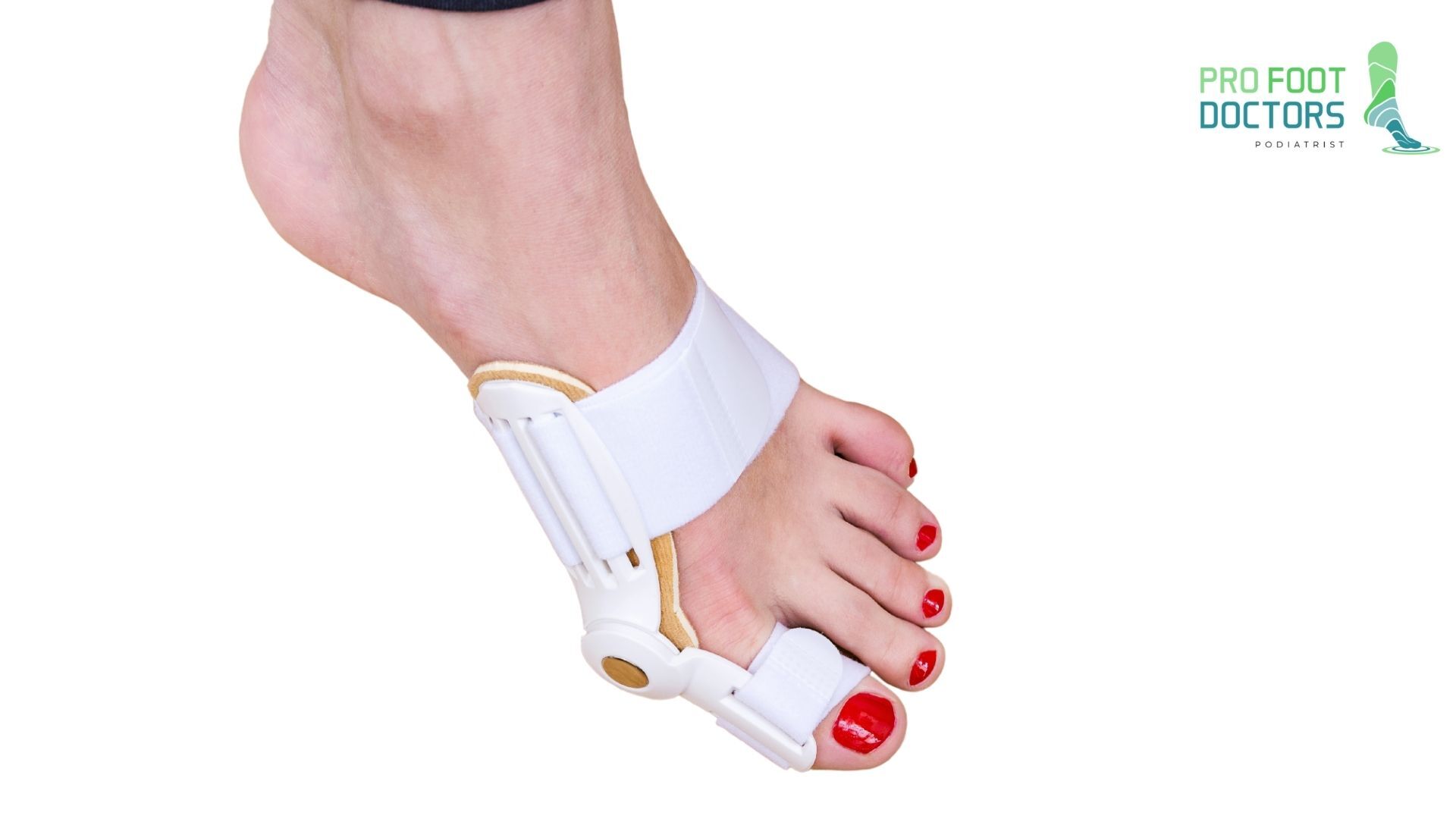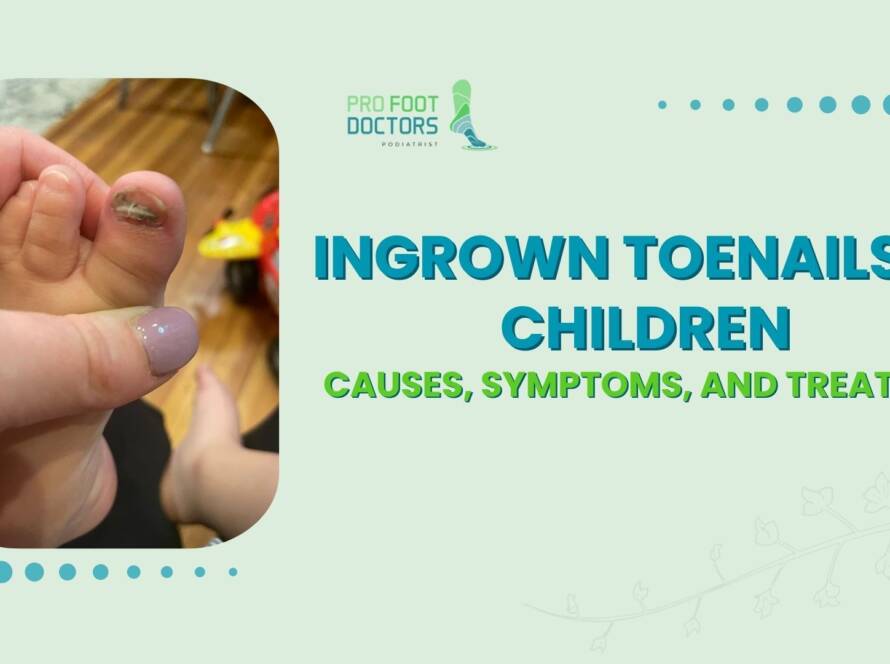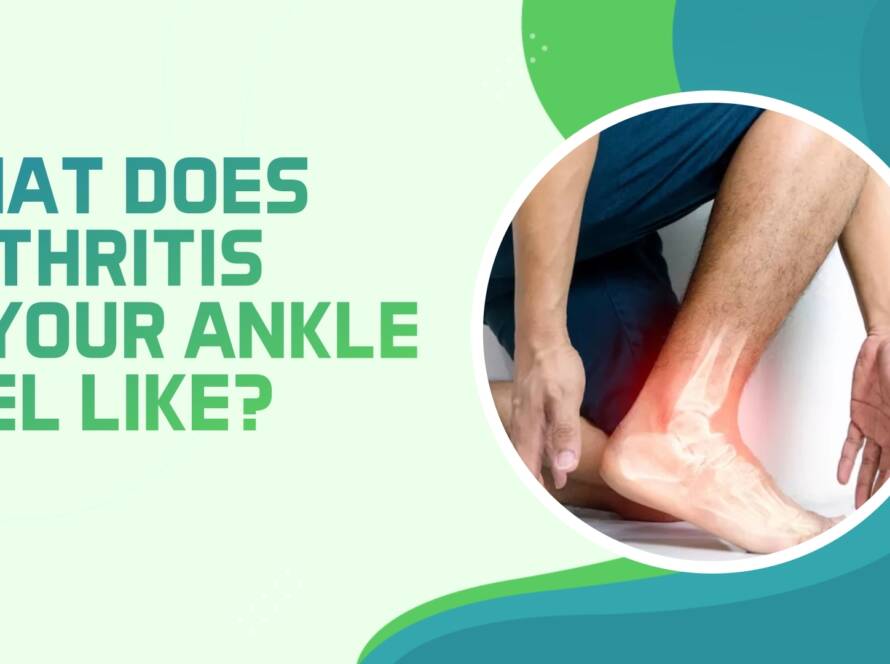A misalignment of the big toe joint defines the typical foot deformity referred to as bunions. The result is a bony bulge on the foot’s side. The foot deformities that come with this illness frequently prompt people to use bunion splints, but do these actually work?
This extensive blog will look at the data and possible alternatives to bunion splints as well as their effectiveness in addressing foot deformities.
What Are Bunion Splints?
A bunion splint is an orthopedic gadget designed to correct the direction of the big toe and lessen the discomfort that arises from bunions. Coming in forms that range from hard to soft, these splints are regularly worn at night or when taking rest. They accomplish this by applying force to the big toe, with the goal of moving it back into its correct alignment.

The Purpose of Bunion Splints
Bunion splints primarily serve two purposes:
- Pain Relief: Splints that straighten the big toe decrease friction and pressure in the bunion, relieving discomfort and pain, especially while walking or standing.
- Toe Realignment: Designed to fix the misalignment of the big toe, bunion splints strive to delay the progression of the deformity.
Can bunion splints correct foot deformities, or are they only effective in symptom management?
Can Bunion Splints Correct Foot Deformities?
Bunion splints are not a cure for bunions, and they cannot fully correct foot deformities. Here’s why:
1. Non-Permanent Alignment
Splints work while they’re worn, temporarily realigning the big toe. However, once the splint is removed, the toe tends to return to its misaligned position, meaning the effect is not long-lasting.
2. Soft Tissue Adaptation
Bunions are often caused by a combination of soft tissue imbalance and skeletal misalignment. While splints may help with soft tissue stretching, they cannot alter the structure of the bones, so they do not provide a permanent solution to the deformity.
3. Studies on Efficacy
Research indicates bunion splints are more effective at managing symptoms than correcting the structural issue. A study found that although splints can reduce pain and improve the range of motion, they do not significantly reverse the deformity itself.
4. Orthopedic Consensus
According to the American Academy of Orthopaedic Surgeons (AAOS), non-surgical treatments like splints, orthotics, and footwear changes can provide relief, but they are not replacements for surgical correction. Surgery is the only known method to realign the bones of the foot permanently.
Bunion Splints vs. Other Non-Surgical Treatments
While bunion splints offer temporary relief, they are often used in combination with other non-surgical treatments. Here’s a comparison of various treatments:
1. Orthotics
Custom shoe inserts can redistribute pressure away from the bunion, offering relief similar to splints. However, orthotics also don’t correct the deformity itself.
2. Toe Separators
These are placed between the toes to prevent the big toe from leaning toward the others. Like splints, they can offer temporary alignment but do not provide long-term correction. Pro Foot Doctors offers professional treatment for common foot issues, such as bunions, as part of a comprehensive approach to managing discomfort.
3. Physical Therapy
Strengthening exercises for the foot can improve muscle balance and flexibility, helping manage pain and potentially slowing the progression of the bunion. Still, physical therapy doesn’t reverse the bunion.
4. Footwear Adjustments
Wearing wider shoes with ample toe space can prevent pressure on the bunion and reduce pain, but it won’t fix the structural deformity.
Surgical Correction of Bunions
Surgical treatment is the suggested option for those desiring a lasting answer to bunions. Bunion surgery referred to as bunionectomy or osteotomy, involves repositioning the bones, tendons, and ligaments that surround the big toe. According to the severity, the operation could also include shaping or getting rid of a part of the bone.
The study found that surgical correction of bunions results in an improved quality of life for most patients, along with lasting relief from pain and diminished recurrence risks. However, the risks connected to surgery involve infection, scarring, and in rare circumstances, the bunion may come back.
Conclusion
Bunion splints can effectively manage discomfort and for a time, realign the big toe. Still, they do not offer a permanent fix for irregularities in the foot. Though they provide immediate comfort, managing bunions for the long haul usually calls for varying treatments, including adjusting footwear, using orthotics, physical therapy, and in extreme cases, going through surgery.
For those seeking a non-invasive way to manage bunion discomfort, splints are a useful option. But setting realistic expectations is important—splints won’t cure the deformity. If bunions are causing significant pain or affecting your quality of life, consult a podiatrist or orthopedic specialist to discuss the best treatment options, including surgical interventions.
Related Questions
1. Can bunion splints reduce the size of a bunion?
Bunion splints fail to decrease the size of a bunion. They assist in pain management and can correct the big toe position for a period, but they do not diminish the bunion or revert the deformity. Bunion splints can help improve toe positioning during use, reducing pressure and friction on the bunion.
However, they do not reverse or diminish the bunion itself, and surgical intervention is the only definitive way to correct the deformity and reduce its size permanently.
2. How long should I wear a bunion splint each day?
Most bunion splints are designed for nighttime use. It’s recommended to wear them while sleeping, for at least 6-8 hours. Wearing them for longer periods during the day can provide additional relief, but consult your healthcare provider for personalized advice.
3. Are bunion splints effective for severe bunions?
Severe bunions, marked by a more obvious deformity, do not respond well to bunion splints. When it comes to these instances, they can deliver short-term solutions, but are unlikely to stop progression or fix alignment. In cases of severe bunions, splints may offer short-term comfort, but they are unlikely to improve alignment or prevent further deterioration. Surgical intervention is often required for more advanced bunion cases to achieve long-lasting correction.
4. Do splints prevent bunions from getting worse?
Though splints might help delay the development of the deformity by improving toe alignment and alleviating pressure on the bunion, they can’t completely stop the condition from worsening as time passes.


